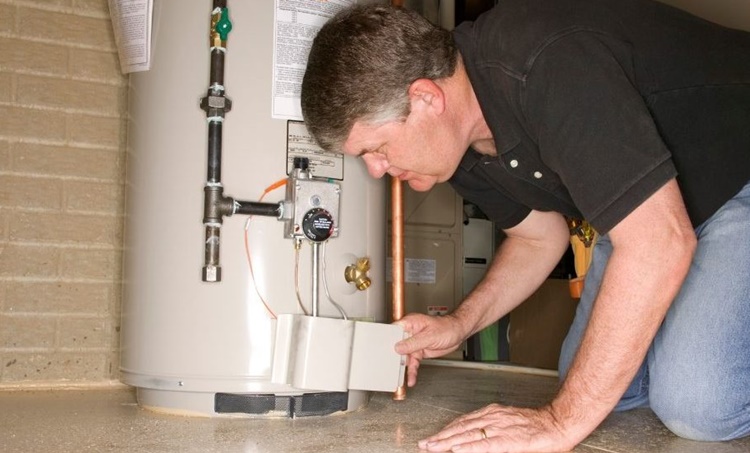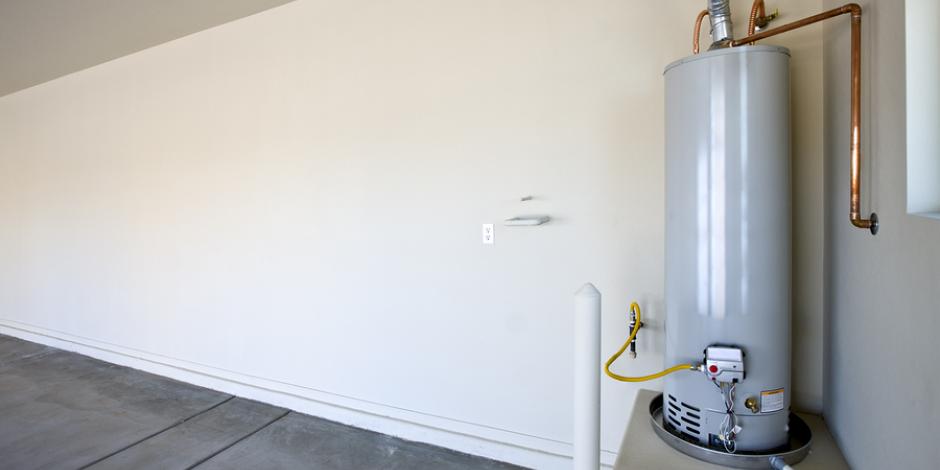Effective Strategies for Caring for Your Home's Hot Water System
Effective Strategies for Caring for Your Home's Hot Water System
Blog Article
This article below on the subject of Tips on Maintaining a Water Heater is indeed motivating. You should look it over.

Hot water is crucial for everyday convenience, whether it's for a rejuvenating shower or washing meals. To guarantee your hot water system runs effectively and lasts much longer, routine upkeep is crucial. This write-up offers sensible tips and understandings on just how to maintain your home's warm water system to avoid interruptions and pricey repair work.
Intro
Keeping your home's hot water system may seem complicated, yet with a few basic actions, you can ensure it operates smoothly for several years to come. This guide covers every little thing from comprehending your warm water system to do it yourself upkeep tips and knowing when to hire specialist help.
Significance of Preserving Your Warm Water System
Regular maintenance not only prolongs the life expectancy of your warm water system yet additionally ensures it operates effectively. Ignoring upkeep can bring about decreased efficiency, higher energy expenses, and also early failing of the system.
Indicators Your Warm Water System Demands Upkeep
Recognizing when your hot water system needs attention can prevent major issues. Look out for signs such as inconsistent water temperature, odd noises from the heating unit, or rustic water.
Flushing the Water Heater
Flushing your water heater eliminates sediment buildup, improving efficiency and extending its life.
Checking and Changing Anode Rods
Anode poles protect against rust inside the tank. Evaluating and replacing them when worn is crucial.
Facility Problems Needing Expert Help
Examples consist of significant leaks, electric issues, or if your water heater is consistently underperforming.
Routine Professional Maintenance Benefits
Expert maintenance can include comprehensive evaluations, tune-ups, and making sure conformity with safety and security criteria.
Evaluating and Readjusting Temperature Settings
Readjusting the temperature setups ensures optimum performance and safety.
Do It Yourself Tips for Maintenance
You can perform numerous maintenance tasks on your own to keep your hot water system in leading condition.
Looking for Leaks
Regularly inspect pipelines and connections for leakages, as these can result in water damages and higher costs.
Comprehending Your Hot Water System
Prior to diving into upkeep tasks, it's helpful to comprehend the basic parts of your warm water system. Typically, this consists of the water heater itself, pipelines, anode rods, and temperature controls.
Month-to-month Maintenance Tasks
Regular regular monthly checks can help capture small problems prior to they escalate.
Examining Pressure Alleviation Valves
Evaluating the stress relief valve guarantees it operates properly and protects against excessive stress accumulation.
Shielding Pipes
Protecting warm water pipes minimizes warmth loss and can save power.
When to Call a Professional
While DIY upkeep is advantageous, some problems call for professional expertise.
Final thought
Normal upkeep of your home's hot water system is vital for performance, longevity, and cost financial savings. By following these suggestions and recognizing when to look for professional help, you can make sure a trusted supply of hot water without unanticipated disturbances.
Water Heater Maintenance: The Basics
Maintaining your water heater will ensure it operates efficiently and has a longer lifespan. Neglecting regular maintenance can lead to costly repairs and an even bigger chunk of your savings if you have to replace it sooner than necessary. But there’s good news: Most water heater maintenance tasks are relatively simple and easy for homeowners with basic DIY skills.
Flush the Water Heater
Over time, sediment and minerals can build up in the tank, reducing its efficiency and potentially causing damage. To flush the tank, turn off the power or gas supply, attach a hose to the drain valve near the bottom and open the valve to drain the water until it runs clear. Ideally, flush the tank annually.
Replace the Anode Rod
The anode rod is a sacrificial metal rod that helps prevent corrosion inside the tank. Inspect and replace it every three to five years or per the manufacturer's recommendation. To replace the anode rod, turn off the power or gas supply, drain a few gallons of water from the tank, unscrew the old rod and replace it with a new one. If the anode rod is significantly corroded or covered in calcium buildup, it's a sign the water heater may need to be replaced soon.
Tune-Up
A yearly tune-up can help identify potential issues and ensure your water heater operates at peak efficiency. This typically involves checking the thermostat, burner assembly (for gas heaters) and any other components specified by the manufacturer. During a tune-up, the technician may also clean the burner and adjust the pilot light (for gas heaters) or examine the heating elements (for electric heaters).
How to Maintain Your Water Heater
Insulate the tank. Insulating the tank can improve energy efficiency and reduce heat loss, saving you money on energy bills. You can purchase precut insulation blankets designed specifically for water heaters or use standard fiberglass insulation wrapped securely around the tank. Check the temperature. The recommended water temperature for most households is around 120 degrees Fahrenheit (49 degrees Celsius). Higher temperatures can increase energy costs and potentially cause scalding. Use a kitchen thermometer to check the temperature at the faucet nearest the water heater. Monitor water pressure. Excessive water pressure can strain the water heater and cause leaks or even tank failure. Install a pressure-reducing valve if necessary. The ideal water pressure range is between 60 and 70 PSI (pounds per square inch). Test the temperature and pressure (T&P) relief valve. The T&P relief valve is a safety feature that releases pressure if the tank gets too hot or the pressure builds up too high. Test it annually by lifting the lever and allowing a small amount of water to release. Replace the valve if it doesn't release water or reseal properly. Check for leaks. Regularly inspect the tank, pipes and fittings for leaks or corrosion. Deal with issues promptly to prevent further damage. Even a small leak can lead to significant water damage over time. Consider a tankless water heater. If your traditional tank-style water heater is nearing the end of its lifespan ( typically 10 years), consider replacing it with a tankless water heater. These units heat water on demand, reducing standby energy losses and potentially saving you money on your energy bills. Schedule professional maintenance. While homeowners can perform many water heater maintenance tasks, it's still a good idea to schedule professional maintenance every few years. A plumber or HVAC technician can thoroughly inspect the unit, identify potential issues and ensure it operates safely and efficiently. https://www.homeserve.com/en-us/blog/home-improvement/hot-water-heater-maintanence/

As a fervent person who reads on Water Heater Maintenance Tips You Can't Afford to Forget, I figured sharing that excerpt was a good idea. If you please pause to promote this write-up if you enjoyed reading it. Thank-you for your time spent reading it.
Call Today Report this page